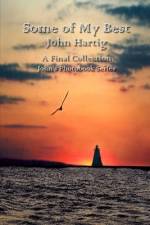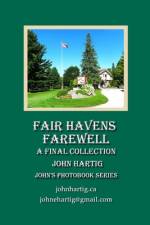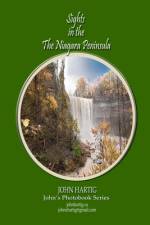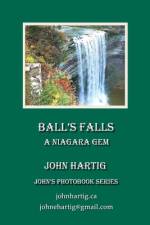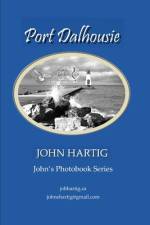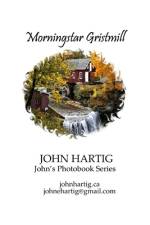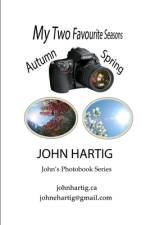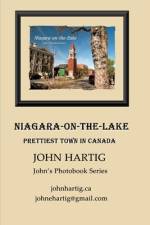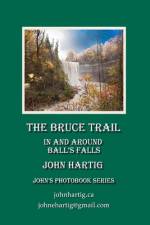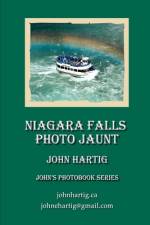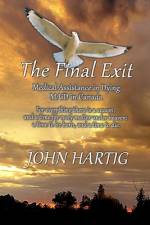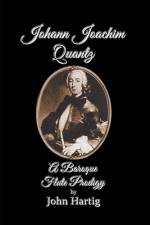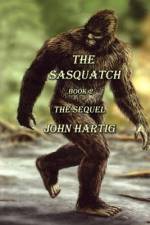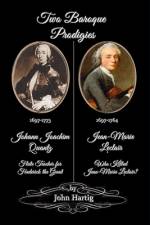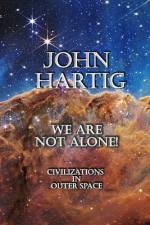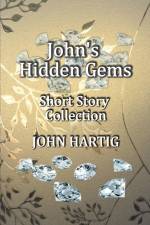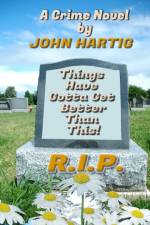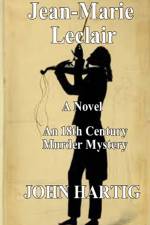- A Baroque Flute Prodigy
av John Hartig
327
Johann Joachim Quantz did not have the makings of a blacksmith like his father. Johann was born skinny and frail in 1697. His father, Andreas, was disappointed in the fragile little bundle which was presented to him as his son. He had hoped for something more robust.It was fortunate, in a way, that Andreas died, shy of his son's 11th birthday. Young Johann was destined for something more than the dark and grimy shop of a blacksmith. Had he assumed his father's trade, he might have been called by his birth name of Hanss [a familiar rendition of Johann], but since his uncle Justus Quantz took him in, the little boy's destiny would shine brightly in the annals of flute playing, as Johann Joachim Quantz. He was one of the greatest flautists of the Baroque Era during the 18th century. He was a Baroque flute prodigy. ***** My research on Johann Joachim Quantz yielded about 35 pages of a biography with interesting dates and tidbits on the man. Not enough for a book on Johann Joachim Quantz! I had to come up with a plan to stretch my writings on the man to get a book out of my effort.I acknowledge taking license then, in mixing the facts in his life with the fiction of my imagination and inserting anecdotes on how things might have transpired in his private life. Quantz never really revealed anything about his private life in his autobiography which was written as a prim and proper account, listing his achievements, his progress and his increase in salaries. The autobiography was published in 1755 by Friedrich Wilhelm Marpurg. There was also a continuation in 1762 for Padre Martini. [source: Feike Bonnema website 2016]His life can be divided into four sections: his youth, life in Dresden, his tour of Europe, and his life in Berlin.I make no claim to accuracy in all details in my book, since I said, my book was stretched out with my imagination to create little anecdotes as fillers to qualify as the length of a real book. However, most of the dates and the run of Quantz' life is correct.Quantz set an example when he wrote his Versuch or Attempt in how to play the flute, published in German and French in 1752. Carl Philipp Emmanuel Bach published something similar on how to play the keyboard in 1755 and Agricola followed, in 1757, with his proper method of singing.It is hoped that the reader will be able to tell when my book goes into flights of fancy and that the reader will appreciate my fabricated little anecdotes. Therefore, there is valuable historical information in my book, as well as evident fiction to make it a more fanciful read.John Hartig, Canadian author




